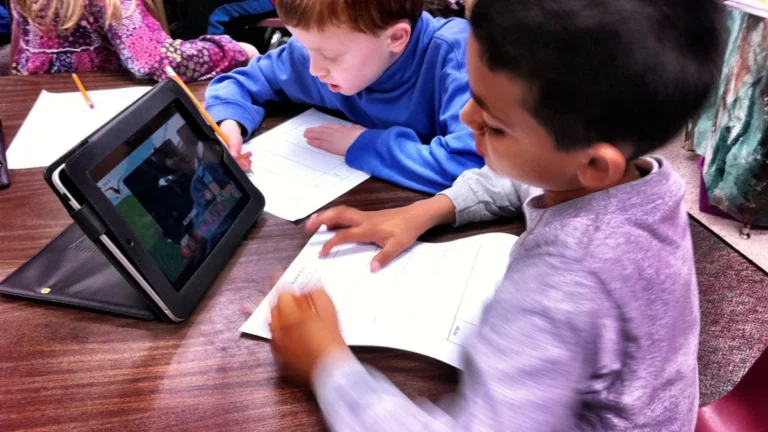Traditional teaching methods are being challenged by innovative approaches: those that capture students’ attention and allow them to forget about boredom while learning. And one of those methods is, of course, gamification. Simply put, it is the integration of gaming elements into the educational environment. By turning learning into an interactive, fun experience, gamification changes the way students engage in learning and absorb new information. But how exactly is this game-based approach changing education? An educational software development company told us, and we are in a hurry to share useful information with you.
First, let’s talk about the benefits of gamification in education:
- Engagement, and more engagement. That’s because gamification makes learning an interactive experience.
- Learning outcomes increase. Game elements and virtual rewards provide additional motivation. And that means more and better learning.
- Learn in a personalized way with adaption to individual skill levels, customized tasks, and feedback for support.
- Develop critical thinking skills: Gamification encourages problem-solving, critical thinking, and collaboration, giving students valuable real-life skills.
- Improve feedback and assessment: Instant feedback and rewards give students immediate insight into their progress and opportunities for improvement.
More on Gamification in Education
How gamification improves learning
Using gamification in education is not only about making learning fun, but also about improving learning outcomes. Studies have shown that students who participate in gamified learning perform better academically.
It works quite simply. For example, a math app that rewards students for solving increasingly difficult problems helps them better understand math concepts. And language learning platforms make learning vocabulary more efficient.
Learning tailored to the learner
According to Lionwood, gamification allows you to make the learning experience as personal as possible. Gamified platforms adapt lectures to the individual needs of each student, offering tasks that match their skill level and pace. This makes it possible to learn at an individual pace without getting tired or overwhelmed.
Another non-obvious benefit is the ability to choose your own learning style. If you find it easier to perceive new things visually, graphics and animations will help you. Multicultural students may prefer gamified content that includes sound effects and verbal feedback. By tailoring the experience to each learner’s preferences, gamification helps create a more inclusive and effective learning environment.
Collaboration and teamwork
Gamification in learning teaches healthy competition and collaboration at the same time. Learning platforms have features that encourage teamwork: group activities, multiplayer reddits. These collaborative elements help students develop basic social skills like communication, collaboration, and problem-solving.
For example, a history class could use a gamified platform where students work together to complete missions based on historical events. By working together, students can share knowledge, learn from each other, and build a sense of community — all while deepening their understanding of the subject.
